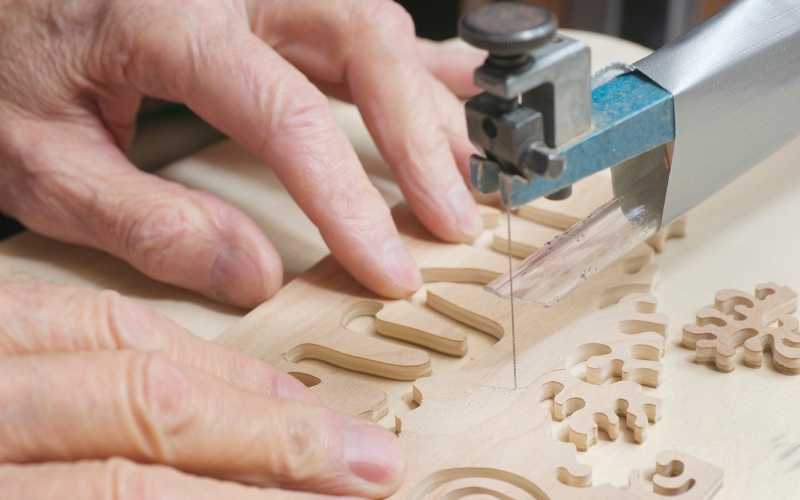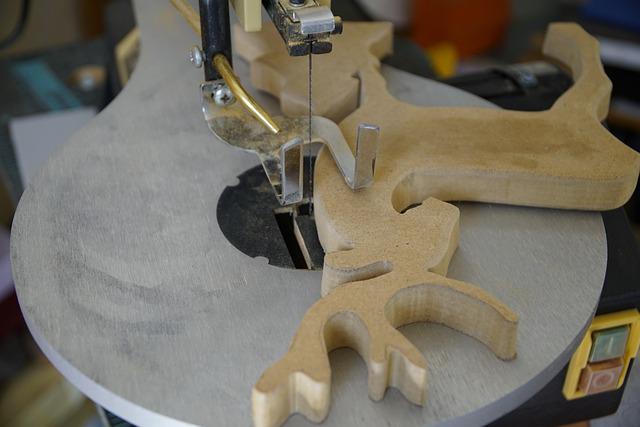
The decorative detail known as fretwork can be found in Victorian homes. You can still see the graceful interlacing design and intricate woodworking techniques from this period. The sourcebook has elaborate plates with authentic fretwork patterns, finials and banisters. The book offers detailed instructions about how to prepare your Scroll Saw for fretwork.
Creating victorian fretwork patterns
The timeless fretwork pattern is a great choice for any home, whether you are making a Victorian-inspired table, window treatment or screen. This guide includes full-size shaded patterns and detailed instructions. Close-up photos of vintage pieces are also included. These patterns are still very popular and can be found on furniture, bedding, and rugs. In addition to tables and cabinets, fretwork patterns add an elegant touch to any room.
Preparing the scroll saw for fretwork
You might be intimidated by fretwork, especially if it's your first time. But, with the right tools and knowledge, fretwork is easy to learn. Traditionally, this type of work was done with handsaws, but scroll saws have made this process much easier. The blade of scroll saws can be removed to make it easier for you to cut different patterns in wood sheets or panels.
First, drill starter holes in the scroll saw. The starter holes should be located about a quarter inch from the scroll saw's inside edge. These holes can be made with a 5mm drill bit. Make sure that they are large enough to allow the scroll saw blade through. Once you have drilled the starter holes you can begin cutting the wood pieces.
Once you've ensured your scrollsaw's blade is sharp, you are ready to begin carving. Marquetry is a type of woodwork in which you attach different colored wood veneers to a wooden surface. Marquetry can be considered an art form, and requires a skilled woodworker. The scroll saw is a great tool to create beautiful pieces for both home and work.
Victoria Fretwork Cross

While fretwork is a common term, you may not have considered making your Victoria Fretwork Cross. These cross-shaped ornaments look beautiful when framed or displayed in a sunny window. These simple-to-make projects feature beautiful scrolls and sweeping curves. These projects are easy to put together. Wood veneer is an excellent choice because it is both affordable and durable. There are many styles of fretwork, including both geometric and whimsical.
You can also make a basic Victoria fretwork Cross from parchment paper. But you need to be able bend it in this shape. You should taper the masts to the top and point each cross spar at the end. Your pieces can be cut with a fretsaw, and painted afterwards. It's important to finish your piece with a red cross, which makes it easier to identify. Make sure to follow instructions carefully.
FAQ
How do I choose the right tools for me?
It helps to reflect on your needs and preferences before you shop for tools. What do you prefer: metal or plastic handles? What size screws and nails do you use most often? Do you prefer hand tools over power tools?
How do I calculate woodworking prices
It is crucial to keep project costs as low-cost as possible. Make sure you're getting the best prices on materials. It's also worth taking into account all the other factors that may affect the cost of your projects, such as time, skill level, and experience. Our guide to the average household DIY task price will give you an idea of how much it costs to complete different types of woodwork projects.
How often should I purchase new supplies?
Some tools will need to be replaced over time. If you're using hand tools, you'll need to sharpen them regularly. Power tools will require replacement parts every so often. Spread your purchases over several months to avoid purchasing too many items at once.
What are the basics of woodworking?
It is an excellent way to learn how to build furniture. You can make a simple bench yourself. This project can easily be done using whatever wood you have at your house. If you aren't sure what type of wood to use, you can buy cheap pine boards from Lowes or Home Depot. You'll need to sand the bench after it's built. Then, finish it with varnish or a stain.
Statistics
- The U.S. Bureau of Labor Statistics (BLS) estimates that the number of jobs for woodworkers will decline by 4% between 2019 and 2029. (indeed.com)
- Most woodworkers agree that lumber moisture needs to be under 10% for building furniture. (woodandshop.com)
- In 2014, there were just over 237,000 jobs for all woodworkers, with other wood product manufacturing employing 23 percent; wood kitchen cabinets and countertop manufacturing employing 21 percent. (theartcareerproject.com)
- Woodworkers on the lower end of that spectrum, the bottom 10% to be exact, make roughly $24,000 a year, while the top 10% makes $108,000. (zippia.com)
External Links
How To
How to make wood joint
This tutorial will help you join two pieces of wooden together. We will use the "pockethole joint," which means that we drill holes in the wooden pieces and then glue them together. If your wood is straight and flat, this method will work well. Try dowel joinery instead if your wood doesn't look straight. These are the steps
-
Drill Pocket Hole Joints. First, measure the area where you wish to place the pocket joint. Next, drill 3/4 inch holes in each end of each piece using a handheld drilling machine or jigsaw.
-
Sand Smooth. Sanding the wood's edges will ensure that the joint doesn't split.
-
Glue the two sides of the wood together. Apply glue to both sides of the wood. Let it sit for about 5 minutes before clamping the pieces together.
-
Secure the pieces together. After the glue has dried completely, you can clamp the pieces together until they are flush.
-
Trim Joinery. Trimming the joinery after glue has completely dried.
Be sure to leave enough space between each piece so that they can be turned inside-out.